What is PGR cannabis and how do you spot it?
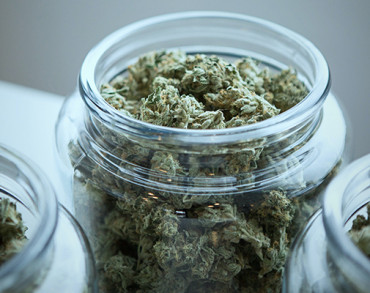

PGR cannabis is becoming more common but what exactly is it? We look at the risks and how to spot it…
PGR cannabis refers to cannabis that has been grown with plant growth regulators (PGR). Using these regulators helps to control the growth of plants, including things like when the fruits ripen, and the width and shape of the plant’s roots, leaves and stems. In the case of cannabis, PGRs are used to fatten up buds to increase both weight and density, and as a result inflate the price to deceive unwitting consumers.
PGRs greatly benefit unscrupulous growers, but more worrying is the effect these chemicals can have on people who consume this type of cannabis. There are confirmed links between adverse health effects and PGR use.
Stay safer by staying informed. Sign up to receive alerts and notifications about any dangerous drugs in NZ. Check out the alerts page to see what we've already found.
What are the most common PGRs?
Besides being potentially dangerous for human consumption, synthetic plant growth regulators also affect the quality of the plant being grown.
The most common PGRs used for cannabis cultivation are:
- Paclobutrazol
- Daminozide (Alar)
- Chlormequat Chloride
Paclobutrazol impacts a plant cell’s ability to elongate, which in cannabis means cells pack much tighter and denser on the flower. It also hinders the development of key terpenes on the plant, and reduces the ability of the plant to produce THC.
When buds which contains paclobutrazol are smoked, it breaks down into nitrosamines — the most carcinogenic compound found in cigarettes. Studies say paclobutrazol can negatively impact fertility, as well as cause liver damage.
Daminozide, also known as Alar, is used by growers to maximize bud yields by slowing the growth of leaves and stems. But, like Paclobutrazol, it also decreases the production of terpenes, as well as cannabinoids like CBD, CBN, and THC. Basically, it severely restricts resin production in the plant overall, meaning fewer trichomes.
Daminozide is listed as a probable human carcinogen by the EPA. It was banned in the U.S for use in consumable plants in 1999, because researchers showed it could be classified as a carcinogen in high doses. It’s been banned from human consumption since 1989 and has led to several agricultural recalls. Many synthetic PGRs have been similarly banned as further tests have been done. Researchers will not approve it for food products, and therefore it should NOT be smoked or ingested.
Chlormequat Chloride meanwhile slows down plant growth in certain areas, which in turn helps to encourage flowering. Adding it to plant also can make their size much shorter and more uniform. Although there is no evidence that this PGR is carcinogenic, testing is still being done. There are reports of organ damage, along with skin and eye irritation, as a result of ingesting large amounts it.
How can you spot PGR cannabis?
No drug use is the safest drug use. PGR cannabis can be very dangerous to people’s health, both in the long and short term, and is best avoided.
There are a few tell-tale signs of PGR cannabis from natural cannabis including:
- Rock-hard dense and heavy bud (flower, herb, etc.)
- Brown or red hairs (pistils) – this is a natural feature of cannabis but with PGR cannabis there is often excessive amounts that are visibly different from trichomes.
- Spongey/wet feeling
- Lack of crystals found on the leaf
- Low THC content
- Harsh chemical taste
- When broken, it emits little to no smell
- A fast-acting chemical high that may cause lethargy (low energy and motivation) and headaches
You can find out more about the impacts of cannabis on your health here.
If you’re concerned about your own drinking or drug taking, you can reach out to the Alcohol Drug Helpline on 0800 787 797, or text 8681. You'll be able to speak with a trained counsellor who can provide you with helpful information, insight and support. They’re available 24/7, all calls are free and confidential. You can also chat with the team online through the website.
Latest Articles
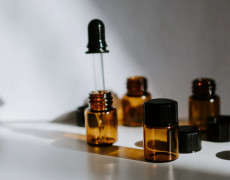
15 Apr 2024
Thinking of using GBL/GHB?

12 Apr 2024
Ketamine and bladder damage – know the risks
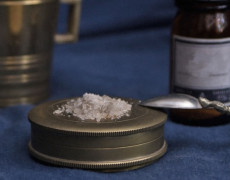
8 Mar 2024
Synthetic cathinones explained
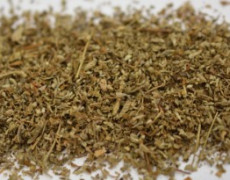
22 Feb 2024
What’s happening with synthetic cannabinoids?
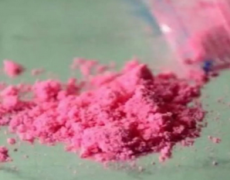
31 Jan 2024
What is tuci?

19 Jan 2024
Answering some common questions about MDMA

10 Jan 2024
Understanding the risks of the comedown

5 Jan 2024
Looking after your mental health

15 Dec 2023
Tips for a safer night out

12 Dec 2023
To mix it is to risk it
